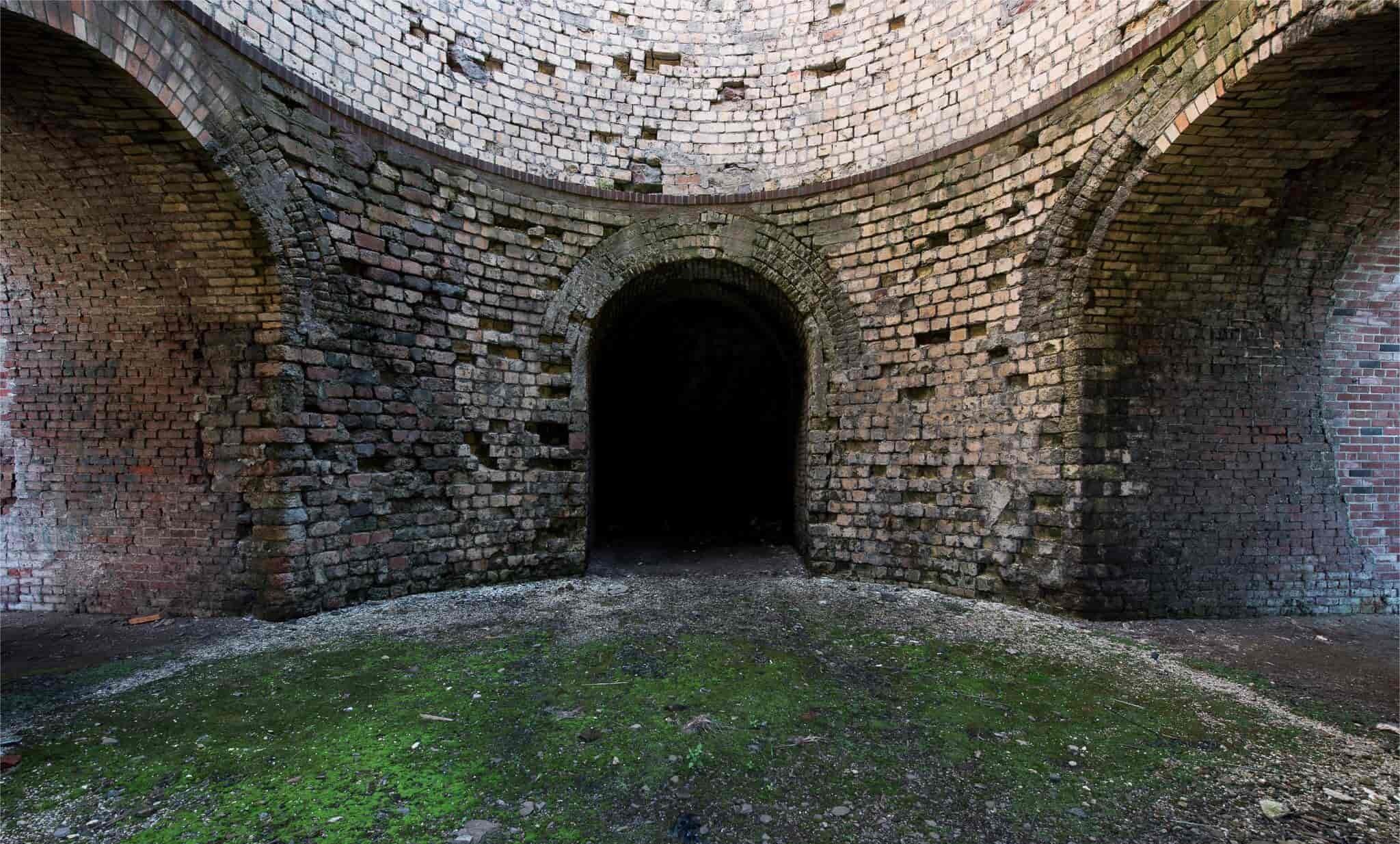Secrets Of Pennsylvania’s Abandoned Colonial Iron Furnaces

Have you ever wondered about the hidden history of Pennsylvania's abandoned colonial iron furnaces? These relics from the past tell stories of a time when iron production was a booming industry in the state. Nestled in forests and along rivers, these old furnaces once played a crucial role in America's early industrial growth. Today, they stand as silent witnesses to a bygone era, offering a glimpse into the lives of the workers and the communities that thrived around them. Exploring these sites can be like stepping back in time, revealing secrets and stories that have been forgotten by many. Ready to learn more about these fascinating pieces of history?
Secrets of Pennsylvania's Abandoned Colonial Iron Furnaces
Pennsylvania's rich history is dotted with remnants of its industrial past. Among these relics, the abandoned colonial iron furnaces stand as silent witnesses to a bygone era. These structures, once bustling with activity, now offer a glimpse into the early days of American industry. Let's explore some of the most intriguing abandoned iron furnaces in Pennsylvania.
1. Cornwall Iron Furnace
Located in Lebanon County, Cornwall Iron Furnace is a well-preserved example of a charcoal cold-blast furnace. Established in 1742, it played a crucial role in the American Revolution by supplying cannon and shot. Today, visitors can tour the site and learn about the iron-making process through informative exhibits.
2. Hopewell Furnace
Nestled within the Hopewell Furnace National Historic Site in Elverson, this furnace operated from 1771 to 1883. It produced iron for various uses, including stoves, pots, and cannons. The site offers a glimpse into the lives of the workers and their families, with restored buildings and living history demonstrations.
3. Greenwood Furnace
Greenwood Furnace, located in Huntingdon County, was established in 1834. It produced iron until 1904, contributing to the region's economic growth. The site is now part of Greenwood Furnace State Park, where visitors can explore the remains of the furnace, workers' village, and enjoy outdoor activities like hiking and fishing.
4. Curtin Village and Eagle Ironworks
In Centre County, Curtin Village and Eagle Ironworks offer a unique look at a 19th-century iron plantation. Established in 1810, the site includes the ironmaster's mansion, workers' houses, and the remains of the furnace. Guided tours provide insights into the iron-making process and the daily lives of those who lived and worked there.
5. Pine Grove Furnace
Pine Grove Furnace, located in Cumberland County, operated from 1764 to 1895. It produced iron for various industries, including the railroad. The site is now part of Pine Grove Furnace State Park, where visitors can explore the furnace ruins, hike the Appalachian Trail, and enjoy the park's natural beauty.
6. Joanna Furnace
Joanna Furnace, situated in Berks County, was established in 1791 and operated until 1898. It produced iron for stoves, pots, and other household items. The site is now a museum, offering guided tours, educational programs, and special events that bring the history of the furnace to life.
7. Scranton Iron Furnaces
Located in Lackawanna County, the Scranton Iron Furnaces are remnants of the Lackawanna Iron and Coal Company, which operated from the mid-19th century to the early 20th century. The site includes four massive stone blast furnaces, offering a stark contrast to the surrounding urban landscape. Visitors can explore the site and learn about the region's industrial heritage.
8. Wharton Furnace
Wharton Furnace, located in Fayette County, was built in 1837 and operated until 1873. It produced iron for various uses, including the construction of the first iron bridge in the United States. The site is now part of the Wharton Furnace Historic District, where visitors can explore the furnace ruins and learn about its history through interpretive signs.
9. Montour Iron Works
In Montour County, the Montour Iron Works played a significant role in the development of the American iron industry. Established in 1840, it produced iron for railroads and other industries. While much of the site is now gone, visitors can still see remnants of the furnace and learn about its history through local historical societies.
10. Rockland Furnace
Rockland Furnace, located in Venango County, was established in 1832 and operated until 1854. It produced iron for various industries, including the oil industry. The site is now part of Rockland Furnace Historic District, where visitors can explore the furnace ruins and enjoy the scenic beauty of the surrounding area.
Discovering Pennsylvania's Hidden History
Pennsylvania's abandoned colonial iron furnaces offer a unique glimpse into the past. These sites, scattered across the state, tell stories of early American industry and innovation. Exploring these historical landmarks can be both educational and exciting. Each furnace has its own tale, from the workers who toiled there to the communities that grew around them. Visiting these sites allows you to step back in time and appreciate the craftsmanship and effort that went into building early America. Whether you're a history buff or just looking for an interesting day trip, these hidden gems are worth the visit. So next time you're in Pennsylvania, take a detour to one of these fascinating locations. You'll leave with a deeper understanding of the state's rich industrial heritage and a newfound appreciation for the people who shaped it.

